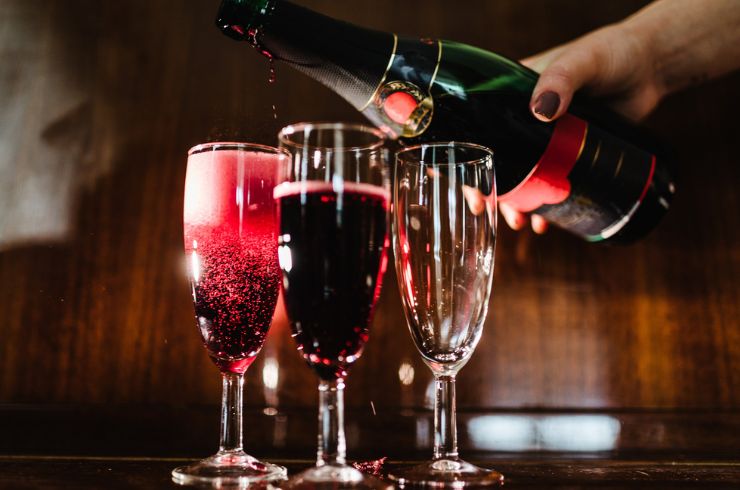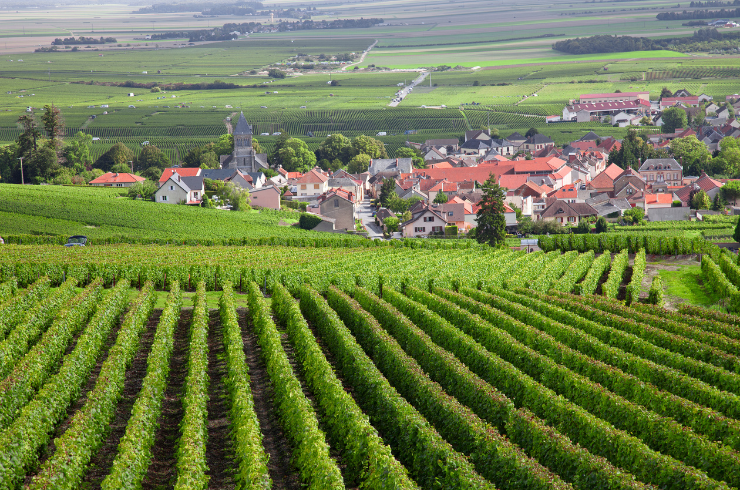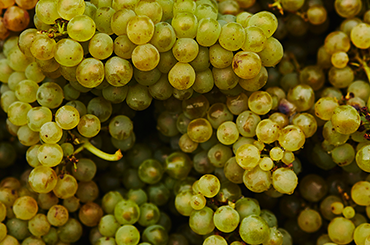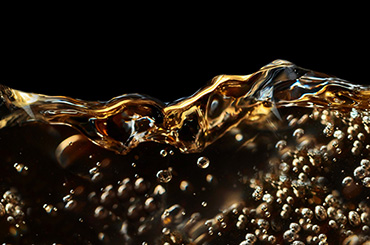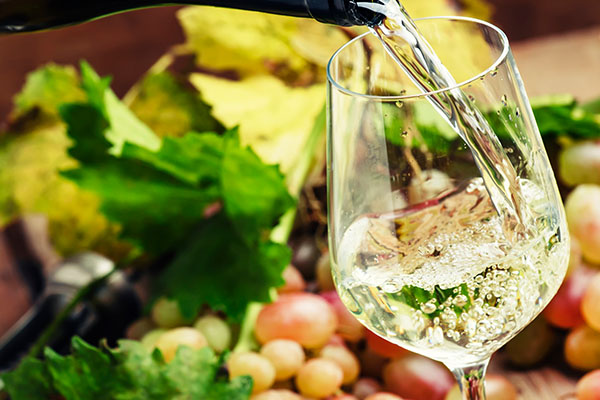
- Riesling is versatile
Some might believe that riesling wines are sweet, which could be due to the overwhelming number of sugary varieties that populated the Australian market many years ago, creating a reputation that riesling is still trying to escape. In response to the rumours, Australian winemakers have worked hard, and are still working hard, to retrieve the riesling name. For the most part, Australia produces dry varieties, and they’re some of the best of their kind in the world. Local riesling is commonly crisp and citrusy, while European styles tend to be richer, more textural and with varying sweetness.
- Riesling ages wonderfully
With its crisp acidity, riesling can often last a long time in the cellar. Some of the oldest and most expensive wines in the world are made using riesling grapes. Age adds even more diversity to the styles you can find, with maturation building complexity and imparting a whole string of secondary and tertiary characteristics, including toasty, honeyed flavours. As riesling matures, so does its colour, deepening from clear and pale to more of a golden hue.
- Riesling is affordable
When Grosset, a famed producer of Australian riesling, was awarded James Halliday’s Best Value Winery of the Year, some were confused. A bottle of Grosset Polish Hill Riesling for $60 might not immediately scream value, but if you compare that to the cost of the best German rieslings (Dr Loosen’s Erdener Pralat Riesling is around $180 a bottle, for example), it’s a veritable bargain. And while the Clare Valley’s Grosset is an iconic winery with higher prices, most Australian rieslings are available for $30 or less. To further emphasise the great value found in Australian riesling, the only white wine James has ever awarded a 99-point score is Duke’s Magpie Hill Reserve Riesling, which is priced at $35.
- Riesling is very food-friendly
With riesling’s diversity comes ease when pairing with food. The dry and refreshing characteristics of Australian riesling marry wonderfully with those dishes served with a squeeze of lemon or lime — like seafood or spicy Asian dishes. Off-dry styles are also great with spice and salty dishes, including deep-fried foods and stir-fries. Aged and sweeter rieslings are delightful with cheeses and fresher styles of dessert.
- Riesling grapes are artistic
Riesling is not only a delicious tasting grape but also a visually pleasing one. One look at a riesling bunch, and you’ll agree that it’s the most artistic grape in the vineyard. Riesling grapes are yellow or pale green, then speckled all over with pink and light red spots.
- Riesling fuels the palate
Kerosene (or petrol or gasoline) notes are associated with aged riesling. The compound chemical that’s responsible for this characteristic is called TDN.
- Riesling comes in red
Riesling is a white wine, but its grapes can be found in a reddish style. Known as ‘roter riesling’, this rare type exists in Germany and Austria. Its skins are dark pink, yet the resulting wine is similar in taste to its white sibling.
- Riesling can be made with frozen grapes
In Germany, there’s a ‘sweetness scale’ to help communicate the varying levels of sugar found in riesling, and it’s often found on the back of the bottle. That spectrum covers kabinett, spatlese, auslese, beerenauslese, trockenbeerenauslese, and eiswein (the sweetest riesling). Eiswein translates to ‘ice wine’, which is telling, as frozen grapes are used during its production. The exposure of the grapes to frost creates a sweet and concentrated wine.
- Riesling has low-alcohol content
Riesling tends to have a lower alcohol content, especially among the sweeter styles. When grown in cooler climates, ripeness is low, and acidity is high, which can contribute to its low-alcohol content.
- Riesling is grown everywhere
Almost every winemaking country in the world grows riesling grapes. Riesling thrives in cool climates, but you can find stunning examples grown in a variety of environments. Germany, France, the United States and Australia grow the most riesling worldwide.
Find your preferred riesling with James’ tasting notes below:
-
Featured riesling to try
-
Forest Hill Vineyard
Block 1 Riesling 2015
Mount Barker -
HEAD Wines
Stonegarden Eden Valley Riesling 2016
-
Jeanneret Wines
Doozie 2010
-
Jim Barry Wines
Lodge Hill Riesling 2016
Clare Valley -
Peter Lehmann
The Master's Collection Wigan Riesling 2012
-
Pikes
Traditionale Riesling 2015
Clare Valley







